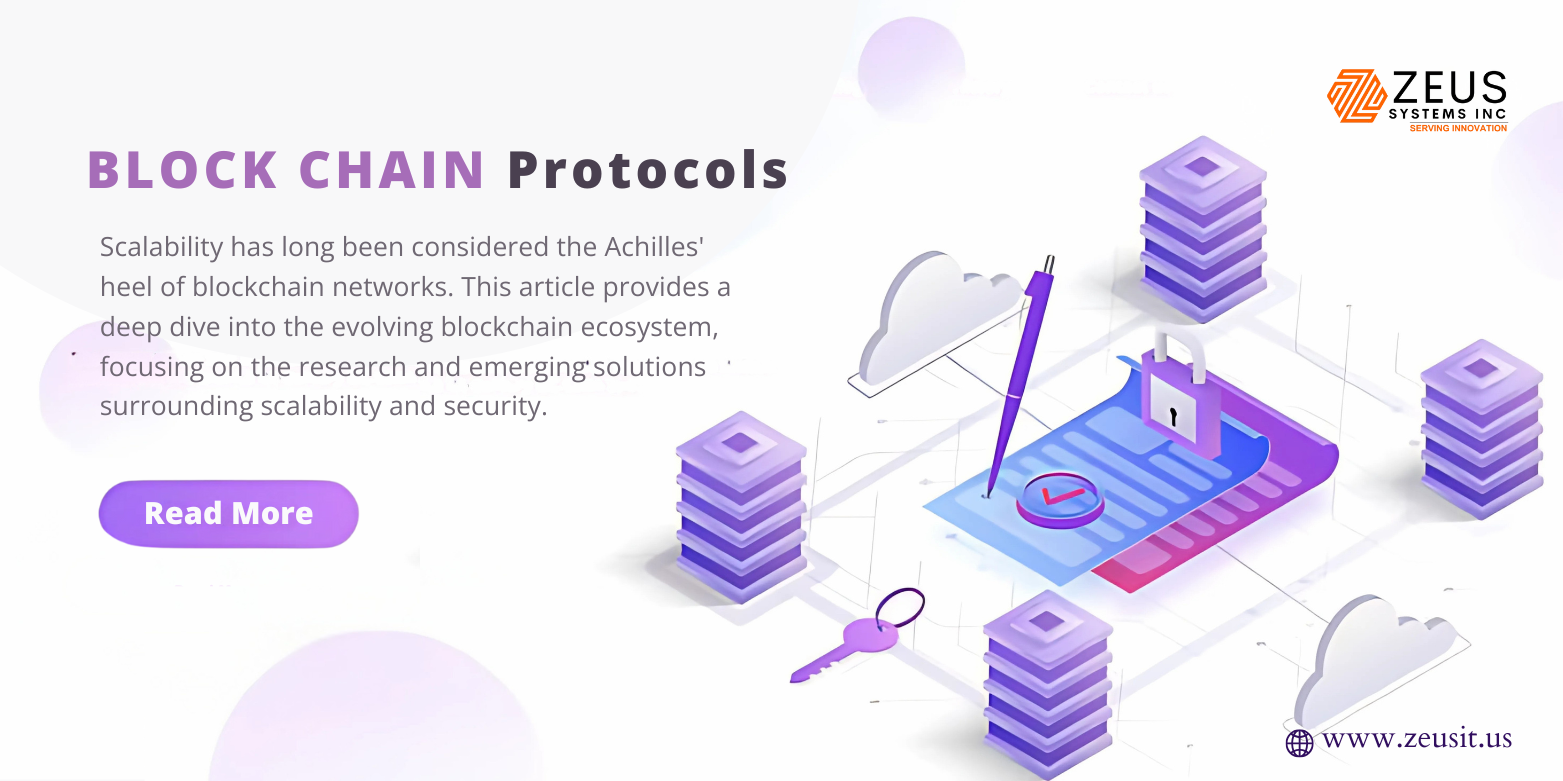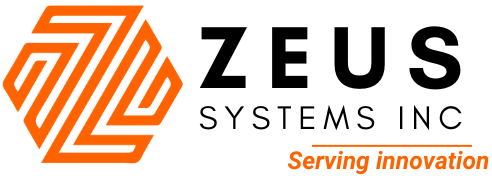In the realm of artificial intelligence, few developments have captured the imagination quite like OpenAI’s ChatGPT. Wit ...
Categories
Post By Date
- November 2025
- October 2025
- September 2025
- August 2025
- July 2025
- June 2025
- May 2025
- April 2025
- March 2025
- February 2025
- January 2025
- December 2024
- November 2024
- October 2024
- September 2024
- August 2024
- July 2024
- June 2024
- April 2024
- March 2024
- February 2024
- January 2024
- December 2023
- November 2023
- October 2023
- September 2023
- August 2023
- July 2023
- June 2023
- May 2023
-
Trends in Cloud Technology
In the realm of technological innovation, cloud technology continues to evolve, captivating hearts and minds alike. With ...
What is Chat-GPT and How powerful it is?
the conversational companion that brings a touch of humanity to our digital interactions. What is Chat GPT?A Conversa ...
3D Mapping using Drones
A journey to the 3D mapping using drones. The latest trend in 3D mapping using drones revolves around enhanced precis ...
-
Additive Manufacturing Meets Time: The N...
Additive manufacturing (AM), or 3D printing, revolutionized how we build physical objects—layer by layer, on demand, wi ...
AI-Driven Financial Regulation: How Pred...
In today’s era of digital transformation, the regulatory landscape for financial services is undergoing one of its most ...
Space Tourism Research Platforms: How Co...
Introduction: Space Tourism’s Hidden Role as Research Infrastructure The conversation about space tourism has largel ...
Turning Integration into Intelligence
MuleSoft’s Agent Fabric and Connector Builder for Anypoint Platform represent a monumental leap in Salesforce’s innovat ...

- Raj
- January 31, 2025
- 10 months ago
- 7:45 pm
Blockchain technology has witnessed exponential growth, transforming the digital landscape with its decentralized systems, immutability, and transparency. While the initial use cases—primarily centered on cryptocurrency—have been revolutionary, the scalability and security challenges faced by current blockchain protocols continue to be significant barriers to mass adoption. In response, the industry has entered a new phase of blockchain innovation, where next-generation protocols are being developed to address these challenges more effectively. This article provides a deep dive into the evolving blockchain ecosystem, focusing on the research and emerging solutions surrounding scalability and security.
Understanding the Scalability Problem
Scalability has long been considered the Achilles’ heel of blockchain networks. Traditional blockchain platforms, such as Bitcoin and Ethereum, suffer from performance limitations due to their consensus mechanisms and transaction validation processes. As more users join these networks, the transaction throughput diminishes, resulting in increased latency and higher fees. This phenomenon, known as the “scalability trilemma,” posits that a blockchain system can only excel in two of the following three areas: decentralization, security, and scalability.
However, several promising next-generation protocols are actively researching solutions that strike a balance between these factors. One key direction in scalability research is the adoption of sharding, which divides the blockchain into smaller, manageable chunks or “shards” to increase transaction throughput. Additionally, off-chain scaling solutions, like state channels and rollups, aim to reduce congestion by processing transactions off the main blockchain while retaining a high level of security.
Sharding: Breaking Down Barriers to Performance
Sharding is widely regarded as one of the most promising solutions to the scalability problem. By partitioning the blockchain’s data across multiple nodes, sharding enables parallel transaction processing, effectively increasing the system’s throughput without compromising on security. Ethereum 2.0, for instance, integrates sharding into its upgraded protocol, anticipating a drastic improvement in transaction throughput.
However, while sharding offers tremendous scalability potential, it introduces its own set of challenges. One primary concern is ensuring data consistency and synchronization across shards. Cross-shard communication is a complex problem that requires effective protocols to maintain the integrity of the entire blockchain. Cutting-edge research is underway to develop algorithms that optimize shard validation, thus minimizing data congestion and ensuring smooth communication between shards.
Types of Sharding
To delve deeper into the concept, sharding can be categorized into three main types: network sharding, transaction sharding, and state sharding. Network sharding focuses on improving network efficiency by dividing nodes into smaller groups that process transactions independently. Transaction sharding, on the other hand, involves dividing transactions across shards to balance the processing load. State sharding, the most complex type, involves partitioning the blockchain’s state and ensuring that each shard maintains a subset of the overall state.
Each type of sharding presents unique challenges and opportunities, and ongoing research is dedicated to optimizing these methods to create a more scalable and efficient blockchain ecosystem.
Layer 2 Solutions: Scaling with Security
Layer 2 protocols are another innovative approach to scaling blockchain networks. These solutions work on top of existing Layer 1 blockchains, offloading transactional data processing and significantly enhancing throughput. Two popular Layer 2 technologies—state channels and rollups—are at the forefront of this revolution.
State channels facilitate fast, off-chain transactions by allowing participants to transact directly with one another. The final result is settled on the blockchain, thus reducing the on-chain load. Rollups, on the other hand, bundle multiple transactions into a single batch and execute them off-chain, only submitting the final outcome to the main chain. Rollups come in two varieties: optimistic rollups and zk-rollups, each with different security and performance characteristics.
State Channels
State channels enable participants to create a private channel for transactions, effectively reducing the need for each transaction to be recorded on the main blockchain. This not only enhances transaction speed but also lowers costs. However, state channels require all participants to be online and available for the duration of the transaction, which can be a limitation in some use cases.
Rollups
Rollups aggregate multiple transactions into a single batch and execute them off-chain. Optimistic rollups assume transactions are valid by default and only run a verification process if there is a dispute. Zk-rollups, on the other hand, use zero-knowledge proofs to ensure that all transactions are valid before they are added to the blockchain. This provides a higher level of security but can be more computationally intensive.
By integrating these Layer 2 solutions with blockchain networks, significant scalability improvements can be achieved. However, scalability is not the only consideration. These solutions also need to maintain the same level of security, immutability, and decentralization that blockchain networks are known for.
Security Challenges in Next-Generation Blockchains
As blockchain systems scale, the importance of security becomes even more critical. One of the most prominent security concerns in blockchain systems is the possibility of attacks, such as 51% attacks, Sybil attacks, and double-spending. The more users and nodes a blockchain accommodates, the higher the potential attack surface becomes.
Next-generation blockchain protocols are tackling these threats through several innovations. For instance, proof-of-stake (PoS) and delegated proof-of-stake (DPoS) are alternatives to the energy-intensive proof-of-work (PoW) consensus mechanism. PoS has been widely adopted due to its lower resource requirements and security features, such as the need for validators to put their stake at risk to secure the network. Protocols like Ethereum 2.0 and Cardano have adopted PoS to improve both scalability and security simultaneously.
Proof-of-Stake (PoS)
Proof-of-stake (PoS) is a consensus mechanism that requires validators to hold and lock up a certain amount of cryptocurrency as collateral. This stake incentivizes validators to act honestly, as malicious behavior could result in the loss of their stake. PoS is more energy-efficient than proof-of-work (PoW) and can offer higher levels of security when implemented correctly.
Delegated Proof-of-Stake (DPoS)
Delegated proof-of-stake (DPoS) is a variation of PoS where token holders vote for a small number of delegates who are responsible for validating transactions and maintaining the blockchain. This approach enhances scalability by reducing the number of nodes involved in the consensus process while maintaining a high level of security and decentralization.
Another key area of research in blockchain security is zero-knowledge proofs (ZKPs), which allow one party to prove to another that they know a piece of information without revealing the information itself. ZKPs are particularly important for maintaining privacy in blockchain networks, enabling users to transact securely without exposing sensitive data. This technology is paving the way for privacy-focused blockchains and applications, especially as the demand for decentralized finance (DeFi) continues to grow.
Cross-Chain Interoperability: Enabling Seamless Integration
With the proliferation of blockchain protocols, cross-chain interoperability has become a critical research area. The goal is to allow different blockchain systems to communicate and exchange value, data, or assets in a trustless and secure manner. While previous solutions, such as atomic swaps and wrapped tokens, provided limited interoperability, next-generation protocols are exploring more robust approaches.
Protocols like Polkadot and Cosmos are designed to enable multi-chain ecosystems that allow different blockchains to connect and interact. These interoperability frameworks facilitate the creation of decentralized applications (dApps) that can seamlessly operate across various blockchain networks, ensuring users have access to a broader range of services while benefiting from the security guarantees of each underlying blockchain.
Polkadot
Polkadot is a multi-chain protocol that enables different blockchains to interoperate by connecting them through a central relay chain. This allows for the secure transfer of data and assets between blockchains, enhancing scalability and flexibility.
Cosmos
Cosmos aims to create an “Internet of Blockchains” by providing a framework for building interoperable blockchains. The Cosmos Hub, the central blockchain in the Cosmos network, enables communication between different blockchains through a standardized protocol called the Inter-Blockchain Communication (IBC) protocol.
Emerging Trends and Future Directions
The rapid evolution of blockchain technology continues to introduce new trends and potential future directions. Some of these include:
Quantum-Resistant Cryptography
As quantum computing technology advances, there is growing concern about its potential impact on blockchain security. Quantum-resistant cryptographic algorithms are being developed to ensure that blockchain systems remain secure in the face of quantum attacks. These algorithms aim to provide robust security that can withstand the computational power of quantum computers.
Decentralized Finance (DeFi) and Smart Contracts
Decentralized finance (DeFi) has emerged as a major use case for blockchain technology, enabling users to access financial services without intermediaries. The development of smart contracts—self-executing contracts with the terms of the agreement directly written into code—has further expanded the possibilities for DeFi applications. However, the security of smart contracts remains a critical concern, with vulnerabilities in code potentially leading to significant financial losses.
Decentralized Identity and Data Sovereignty
The concept of decentralized identity and data sovereignty is gaining traction as individuals seek greater control over their personal information. Blockchain-based identity solutions aim to provide secure, self-sovereign identities that allow users to manage their own data and grant access to third parties without relying on centralized authorities.
Conclusion
Next-generation blockchain protocols represent an exciting frontier in the world of decentralized technology, offering innovative solutions to the longstanding challenges of scalability and security. With advancements in sharding, Layer 2 solutions, proof-of-stake consensus mechanisms, and zero-knowledge proofs, blockchain networks are becoming more efficient, secure, and capable of supporting large-scale decentralized applications. Additionally, ongoing research

